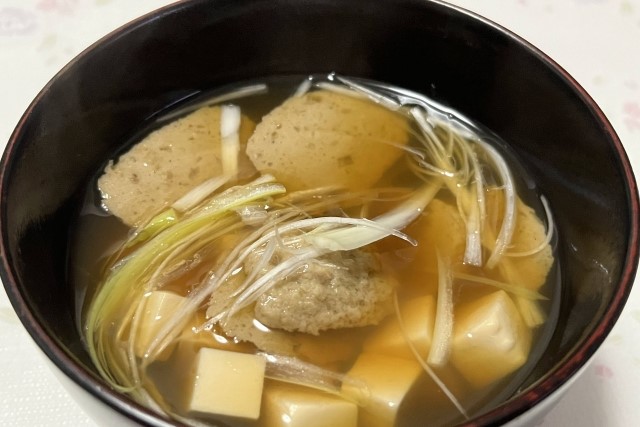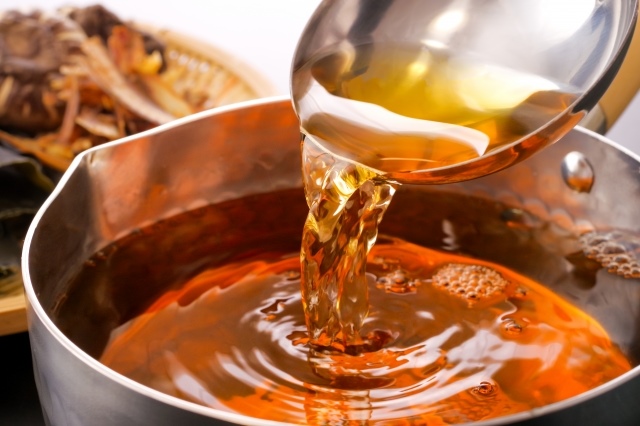Contents
Basic Information
Dashi, a broth made from kelp or bonito flakes and seasoned with soy sauce, is a critical element in Japanese home cooking. This broth is the base for many Japanese soups, which often include miso and various ingredients.
Miso Soup (Misoshiru)
This is a representative Japanese soup, seasoned with miso in a dashi base, and various ingredients such as vegetables, tofu, and seafood are added.
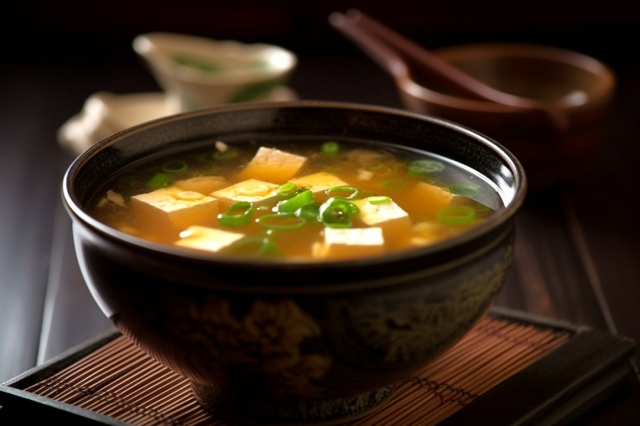
Pork Soup (Tonjiru)
This is a miso soup cooked with pork and vegetables. The combination of pork fat, root vegetable flavors, and the aroma of miso is distinctive.
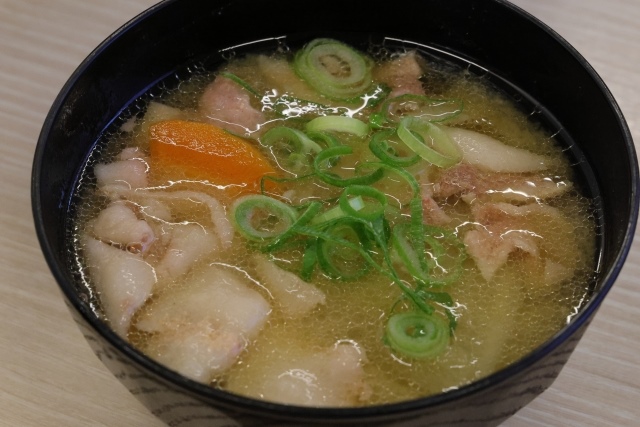
Clam Soup (Asarijiru)
This miso soup primarily uses clams. The clam broth is used as the dashi, and it is seasoned with miso.
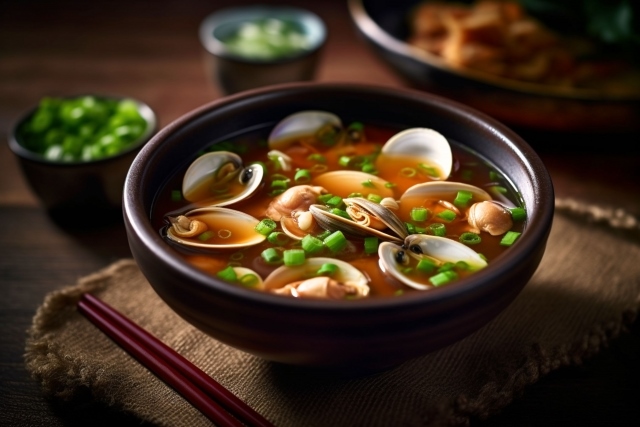
Clear Soup (Osuimono)
This Japanese dish is made by seasoning dashi with salt or soy sauce and adding ingredients like seafood and vegetables. The ingredients are diverse and often include seasonal vegetables, fish, duck, and chicken.
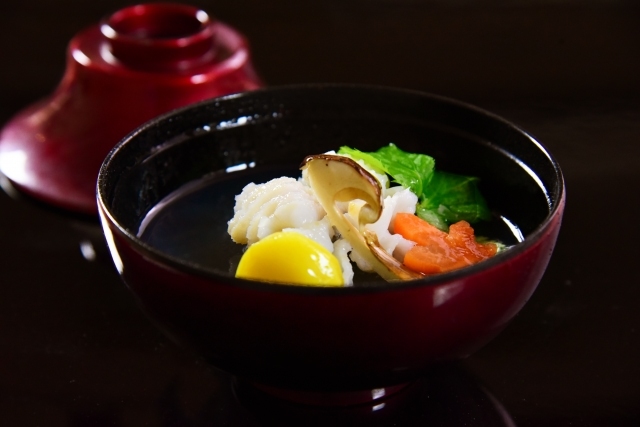
Meat Soup (Nikusui)
This is a soup served in some restaurants in Osaka, resembling a meat udon without the noodles. It’s characterized by thinly sliced beef and a soft-boiled egg.
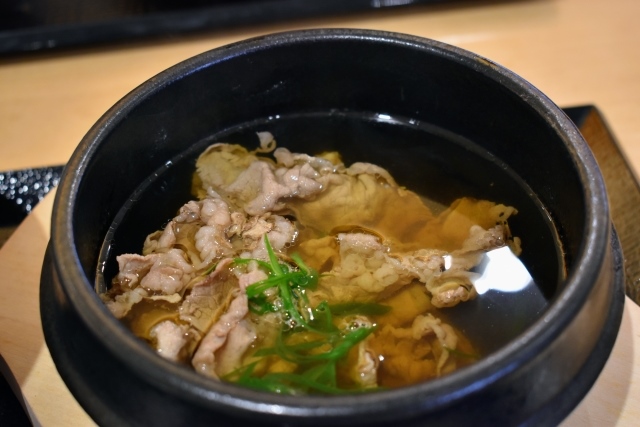
Vegetable Soup (Kenchinjiru)
This clear soup is cooked with ingredients like radish, carrots, and burdock in a dashi, seasoned with soy sauce. Originally a vegetarian dish, no meat or fish are added, and the dashi is made from kelp and shiitake mushrooms.
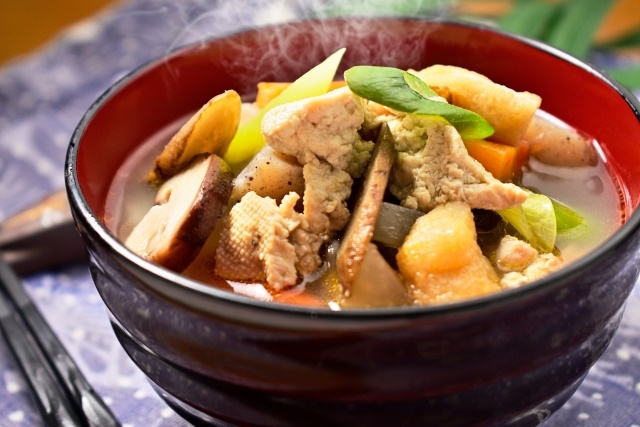
Rice Cake Soup (Zouni)
This is a traditional Japanese soup eaten primarily during New Year’s, featuring mochi (rice cakes) and seasoned with soy sauce or miso. The shape of the mochi and the ingredients vary by region.
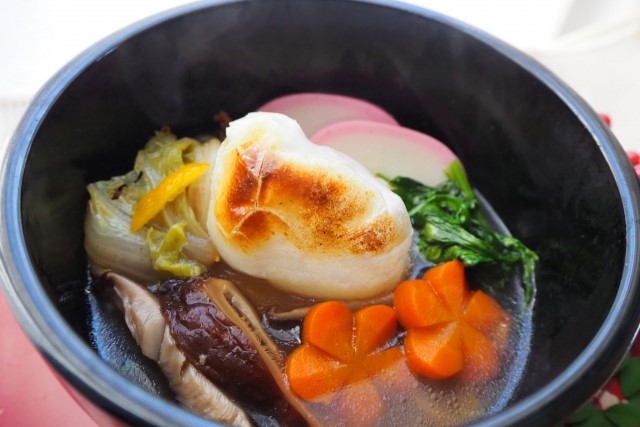
Fish Ball Soup (Tumirejiru)
This dish is made by mixing fish paste with eggs and potato starch to form dumplings, which are then cooked in soup. The paste is often made from sardines or shrimp.
